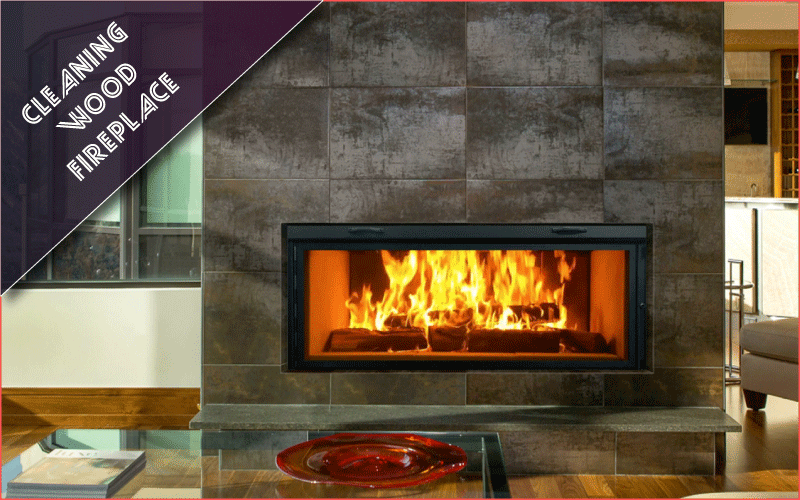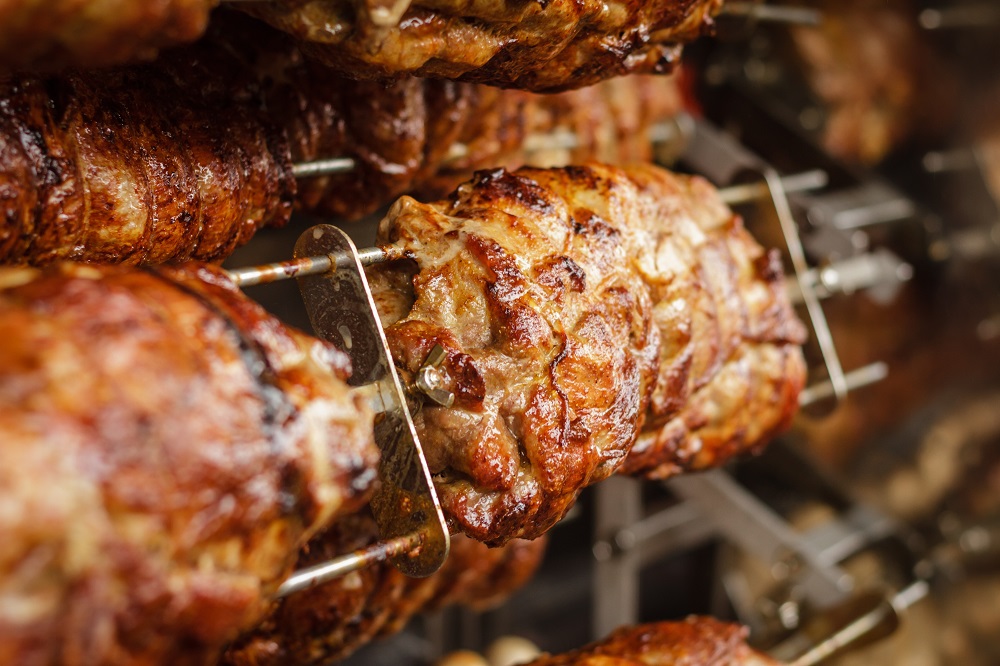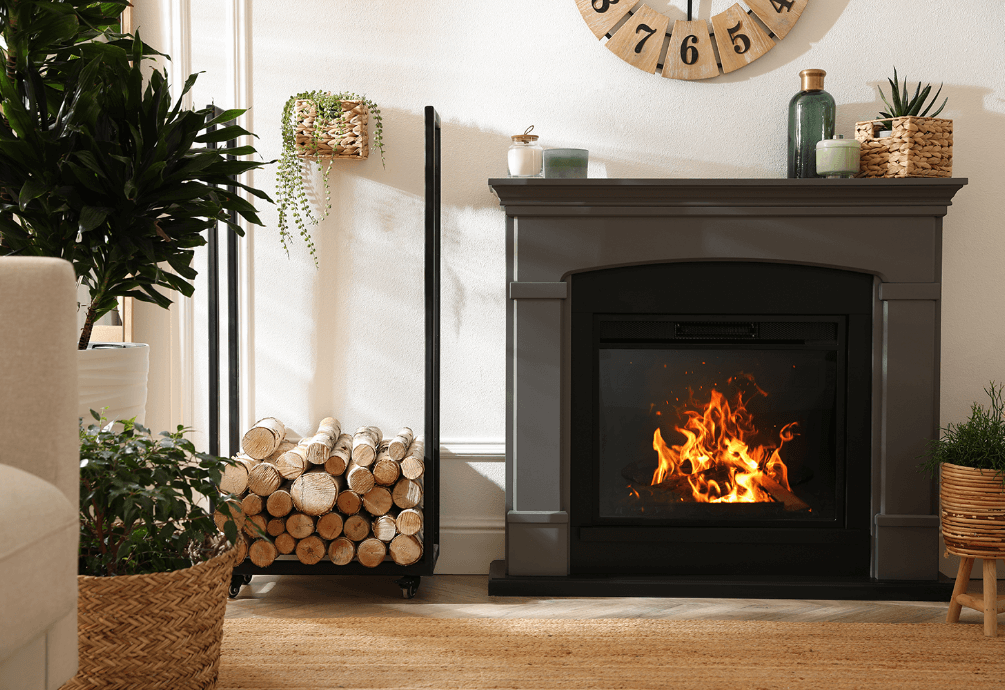How often do you light your wood fireplace? You might love listening to the crackle, warming your fingers and toes on cosy evenings. But you’re probably more averse to the chore of getting the fire started, and cleaning it up when you’re done. Still, with winter at its peak, you’re likely to be using it a lot more. If your main objection to wood fireplaces is hygiene, consider buying in-built wood fireplaces in Sydney. They require far less maintenance.
This is because their fireboxes and glass viewing panels facilitate higher burn temperatures, which means the wood incinerates more completely, producing less smoky soot, and ensuring there’s less mess the clean in the after-burn. In-built often use electronic ignition, so the lighting process is easier as well. Some heaters can even ignite using a one-touch button. It creates a spark which mixes with accelerants and sets the wood on fire.
BASIC CLEANING
The smoke in your fireplace is caused by carbon particles that haven’t fully combusted, so you want to get rid of as much as possible. Start by selecting the right firewood. It should be hardwood that is completely dry, a process that takes more than a year, so it’s not as simple as picking up sticks from the bush. Order a firewood bag from a reliable supplier that will deliver to your home on a fixed schedule. This ensures a cleaner burn.
Unless your fireplace is automatic (wood fires are not), don’t leave it burning overnight. It could cause a fire hazard. Once the fire is out, remove any leftover firewood and clear all the ash. You can inspect the bits of wood to see whether they’re re-usable or douse them in accelerant as kindling for the next time you use your fireplace. However, much of the unburnt lumber will be unburnable like Khaleesi, so get rid of it to avoid unnecessary smoke.
DEEPER CLEANING
Remember to wait until the fireplace is completely cold because the slightest heat in ashes or embers can burn you and cause accidental fires in the house (outside the safety of the stove). Some suggest leaving an inch of ash in your grate will help your fire light better, so if you prefer, you could leave your ash-clearing routine to once a week, letting it accumulate.
Be careful with the ash, so it doesn’t spread around the house. It makes excellent fertiliser so that you can pour it in your compost or garden. Don’t use the discarded ash on indoor plants though, because the breeze could lift it and spread around the house. If you have a traditional chimney, you should have it swept once a year by a professional. Keep your furniture covered in a tarp, or take it out of the room altogether.
Chimney sweeping stirs up a lot of ash, dust, and soot, and those are tough stains to remove. If your heater has a flue system, it doesn’t need cleaning, but you can call your furnace supplier for routine inspection and maintenance once a year or so. Otherwise, wipe the glass, handle, and visible parts every day to keep them spotless and gleaming.
For a range of wood fireplaces that you will love taking care of, call Home Heat & BBQ today on 02 9838 1300.









